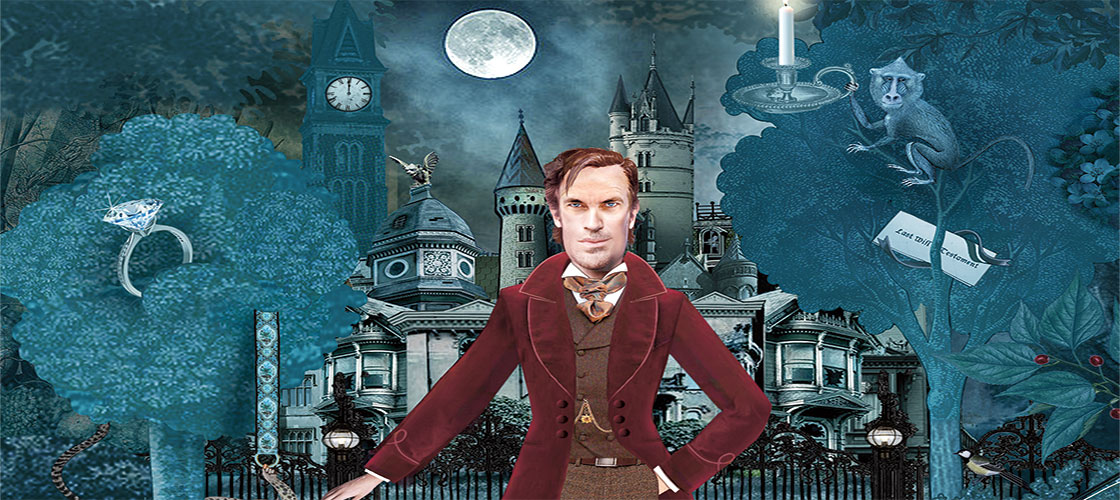SD1: The curtain rises on a cluttered sitting room. Books and papers litter every surface, including the floor. Test tubes and beakers are crowded on a small table.
SD2: In two worn armchairs sit Sherlock Holmes and Dr. John Watson, drinking coffee.
SD3: Watson, a handsome man with a small mustache, rubs his palms together and looks brightly at Holmes.
Watson: Well, Holmes, what is on the schedule today?
SD1: Holmes is a tall, thin man with piercing eyes and a hawklike nose. He frowns.
Holmes: It’s looking to be a perfectly boring day. I’ve no cases to solve.
Hudson (knocking on the door): Holmes? Watson?
Holmes: Yes, Mrs. Hudson! Come in.
SD2: Mrs. Hudson enters the room and looks around.
Hudson: How can you live with this mess? And (wrinkling her nose) what is that smell?
Watson: You know, I’ve been wondering that as well.
Holmes: Oh, just some dead rats. Part of an experiment.
Hudson: Good heavens! Why did I ever let you rent the second floor of my building?
Holmes (smiling): Ah, but what would 221B Baker Street be without me, Mrs. Hudson?
Hudson: Tidy! ( fondly) But I suppose it wouldn’t be the same without you. Oh! I came to tell you that a young woman is here to see you. She seems quite distraught.
Holmes (excited ): Does she? Please show her up.
SD3: Mrs. Hudson leaves. Watson is opening the windows when Helen Stoner appears in the doorway. She is dressed in black, and her panicked eyes are like those of a hunted animal.
Holmes: Hello, madam! Please come in. I will get you a cup of hot coffee; I see you are shivering.
Helen: It is not cold that makes me shiver. It is terror.

